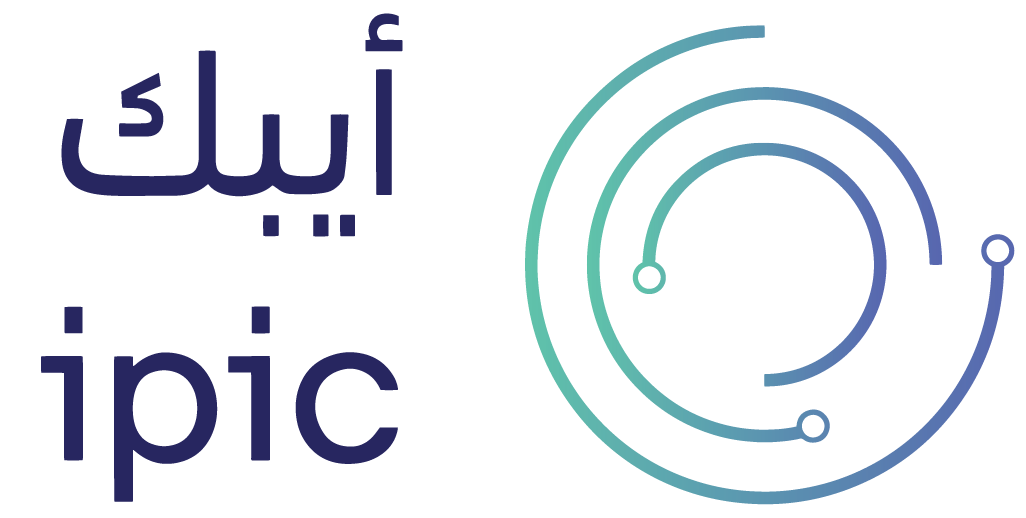Performance Improvement in Business Environments: Smart Strategies for Efficiency and Sustainable Success
Introduction
In today’s business world, performance improvement is no longer an optional luxury — it’s a strategic necessity.
As competition intensifies, excellence in performance becomes a decisive factor in determining who leads the market and who falls behind.
Performance improvement goes beyond increasing productivity. It involves enhancing processes, boosting operational efficiency, and motivating individuals to deliver their best within a clear and supportive organizational environment.
The Importance of Performance Improvement
When organizations enhance their performance, they unlock a range of benefits, including:
- 💠 Increased efficiency by minimizing time and resource waste.
- 💠 Higher quality of products and services, leading to stronger customer trust and loyalty.
- 💠 Improved competitiveness through delivering greater value at lower cost.
- 💠 Sustainable growth thanks to stable processes and clear objectives.
These benefits are achieved through a comprehensive and strategic approach across all organizational levels.
Key Factors Affecting Performance
Effective performance improvement starts with understanding the factors that influence it, including:
- ⚙️ Operational structure: Well-organized processes make it easier to identify and fix weak points.
- 🤝 Organizational culture: A positive work culture encourages participation and innovation.
- 🎯 Leadership: Inspiring leaders guide teams toward goals and foster trust and motivation.
- 💻 Tools and technologies: Modern technologies accelerate performance and improve quality, while outdated tools slow things down.
Practical Strategies for Performance Improvement
Organizations can implement several strategies to boost performance, such as:
- 🎯 Setting clear, measurable objectives to provide direction and benchmarks for success.
- 📊 Continuous performance analysis using Key Performance Indicators (KPIs) to track progress.
- ⚡ Streamlining internal processes by removing inefficiencies and adopting continuous improvement methodologies like Lean and Six Sigma.
- 🧠 Investing in employee development through ongoing training and tool empowerment.
- 💬 Enhancing internal communication to ensure alignment and shared vision across all teams.
Conclusion
Performance improvement is a continuous journey that requires clear vision, strong leadership, and a culture that embraces change.
By adopting the right strategies and leveraging modern technologies, any organization can enhance its performance and achieve sustainable growth in today’s dynamic business environment.
🔍 For more insights on performance management, visit
Wikipedia
.
Download Article as PDF



